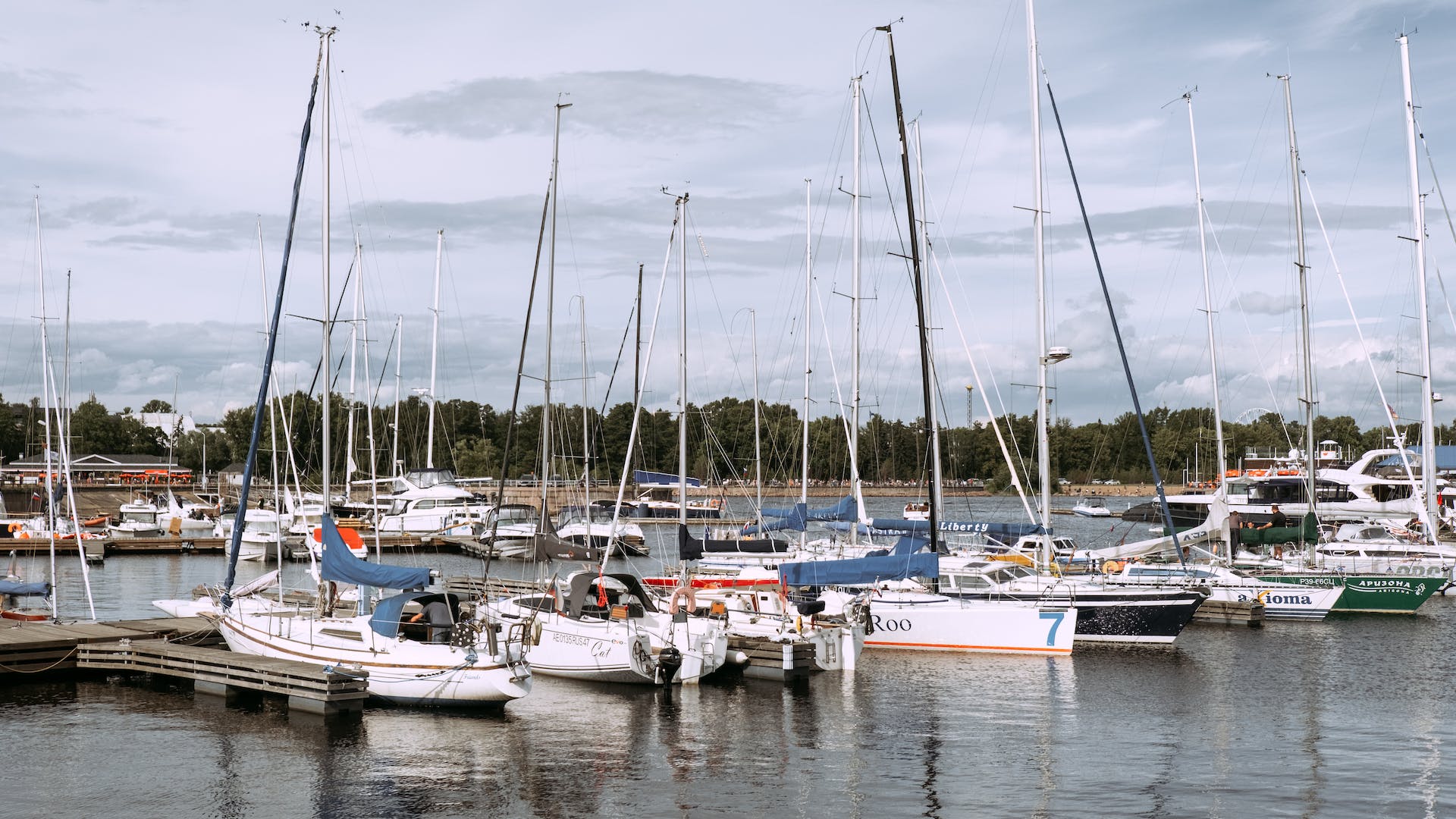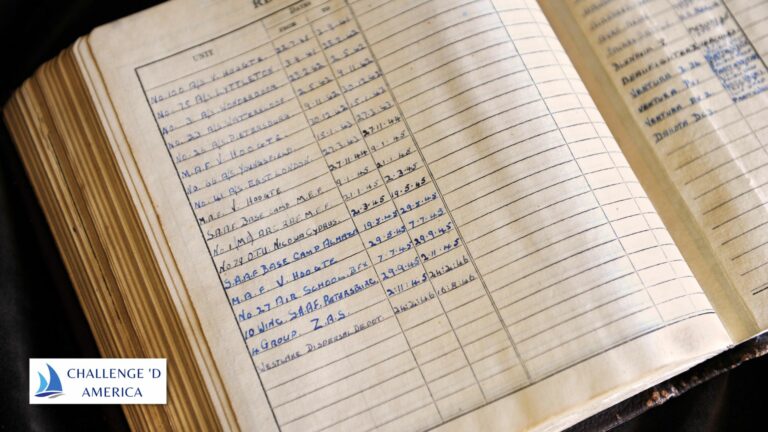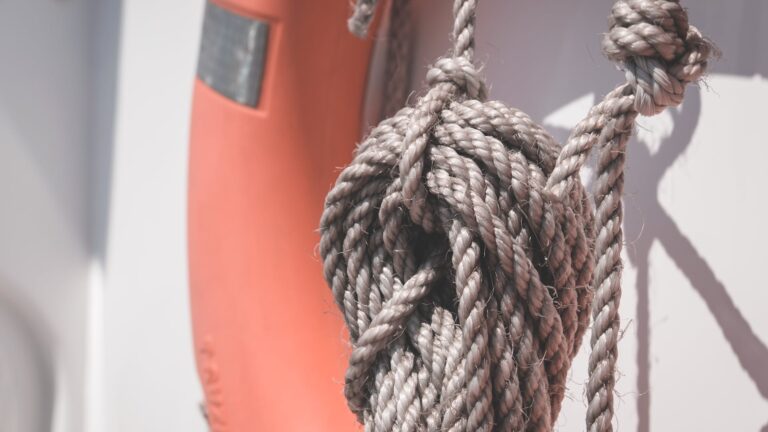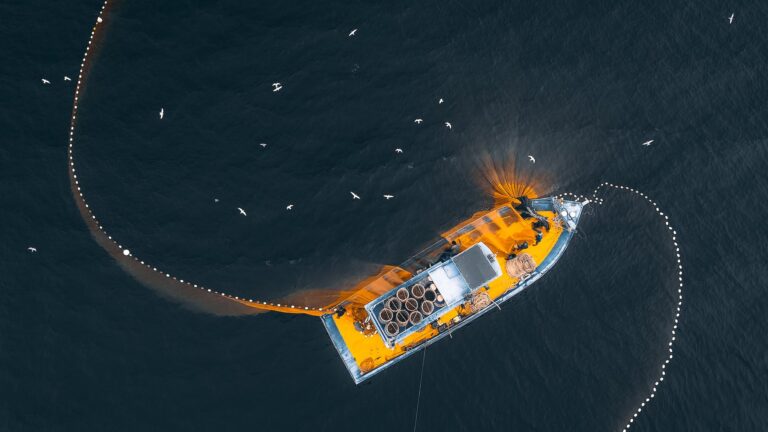Which chart projection would be most suitable for coastal navigation?
- Introduction
- History of Chart Projections
- Definition of Mercator Projection
- Advantages of Mercator Projection for Coastal Navigation
- Disadvantages of Mercator Projection for Coastal Navigation
- Definition of Polyconic Projection
- Advantages of Polyconic Projection for Coastal Navigation
- Disadvantages of Polyconic Projection for Coastal Navigation
- Comparison of Mercator and Polyconic Projections
- Conclusion
- Resources
Which Chart Projection is Most Suitable for Coastal Navigation?
As a sailing expert, I understand how important it is to have the right chart projection when navigating coastal waters. There are two primary types of projections used by mariners – the Mercator projection and the Polyconic projection – so let’s dig into which one is best for coastal navigation and why.
History of Chart Projections
Chart projections have been used by mariners since ancient times to help them to navigate between destinations safely and accurately; however, it was not until the 16th century that Gerardus Mercator developed a new kind of chart projection that would revolutionize navigation forever – the Mercator projection. This type of projection uses a cylindrical map that wraps around an imaginary cylinder, distorting the landmasses but allowing sailors to plot a straight line between two points easily by following a constant direction on the map (known as a rhumb line). Since its invention, this type of projection has been widely adopted by mariners around the world due to its ease-of-use and accuracy when plotting courses over long distances at sea or along coastlines.
Definition of Mercator Projection
The Mercator projection is a cylindrical map projection developed by Gerardus Mercator in 1569 that maps locations on Earth onto an imaginary cylinder wrapped around the globe, with lines running horizontally or vertically (known as ‘meridians’ and ‘parallels’ respectively). This type of projection presents an image where landmasses are distorted in size, but allows sailors to plot a straight line between two points easily using rhumb lines (lines drawn at constant direction on maps) due to its cylindrical shape and linear meridians/parallels.
Advantages of Mercator Projection for Coastal Navigation
The Mercator projection has many advantages when it comes to coastal navigation; firstly, it allows sailors to easily plot a course between two points along coastlines with great accuracy due to its linear meridians/parallels and rhumb lines which run in constant directions across the map; secondly, it preserves angles which makes plotting courses much simpler; thirdly, it provides useful information such as distances and bearings which allows sailors to make calculations more quickly; fourthly, it provides great detail regarding coastlines which is essential when navigating close to shore; finally, it is widely used by mariners around the world so there are plenty of resources available if needed (e.g., charts and software).
Disadvantages of Mercator Projection for Coastal Navigation
Despite its many advantages, there are some drawbacks associated with using the Mercator projection for coastal navigation; firstly, landmasses are distorted in size compared with other projections so distances between locations can be difficult to accurately calculate; secondly, curved lines (such as those found in rivers or coves) cannot be plotted accurately due to its linear nature; thirdly, bearings may not always be reliable due to its nature as a cylindrical map; finally, certain features may appear too small on large scale maps due to its distortion effect on landmasses which can make detailed navigation difficult.
Definition of Polyconic Projection
The Polyconic projection is another type of chart projection commonly used by mariners today that was developed in 1805 by French geographer Charles Dupin; this type uses conical map projections onto an imaginary cone where each parallel line represents an arc connecting two points at different latitudes (known as ‘radials’). This type preserves angles but distorts landmasses less than other projections such as the Mercator making plotting courses much simpler and more accurate over short distances such as those found in inland rivers or lakes (where curvature often occurs).
## Advantages Of Polyconic Projection For Coastal Navigation
The Polyconic projection also has some advantages when navigating coastal waters; firstly, due to its conical shape it preserves angles much better than other projections making plotting courses more accurate over short distances such as rivers or coves where curvature often occurs; secondly, landmasses appear much more proportionate compared with other projections such as the Mercator making distance measurements more reliable over short distances; thirdly, bearings remain accurate even over long periods due to its conical shape which allows sailors to plot courses with greater precision even over long distances along coastlines or near shorelines when navigating close inland waters or lakes; finally, this type also provides useful information such as distances and bearings which allows sailors make calculations quickly and easily when plotting courses over short distances near coasts or inland waterways/lakes.
## Disadvantages Of Polyconic Projection For Coastal Navigation
Despite these advantages there are some drawbacks associated with using the Polyconic projection for coastal navigation; firstly, because it preserves angles better than other projections such as Mercator it can be difficult to accurately plot courses over long distances due to curvature in landmasses (especially near coasts); secondly, certain features may appear too small on large scale maps due inaccurate representation caused by distortion effects on landmasses making detailed navigation difficult when near shorelines; finally while useful information such as distance measurements remain relatively accurate they may not always remain completely reliable due curvature effects caused by this type’s conical shape on large scale maps (especially near coastline areas).
## Comparison Of The Two Chart Projects For Coastal Navigation
Both the Mercator and Polyconic projections have their own individual strengths and weaknesses when it comes to navigating coastal waters depending on what exactly you need from your charts: if you need detailed information regarding coastlines then the Mercator is probably best suited whereas if you need more accurate course plotting then you should go with the Polyconic since it preserves angles better than most other projections (although both do provide useful information such as distance measurements etc.). Therefore depending on your needs either could be suitable for coastal navigation depending on how close you will be sailing near shorelines/inland waterways etc.
## Conclusion
In conclusion then both types have their pros and cons when sailing near shorelines or inland waterways/lakes but ultimately either could be suitable depending on what you need from your charts: if you require detailed information regarding coastlines then go with Mercator whereas if you need more accuracy in course plotting then use Polyconic since it preserves angles better than most other projections – just remember that no matter what charting system you use always take extra care when navigating close-in areas!
## Resources
• [US Army Corps Of Engineers – Mapmaking](http://www1a4b9d9e12e8fadbb-b505eb0bfc07f31c46d90361e76a0f56d71f907ea105cdf2fb2b7bb7aeeedb6e5d6ca5b6f5037ab09521d425a8a41f578475ac7ebef86ce476d0435d3ba39bc313466bb3ec44aa3be36c60dd28532405b0825706cdcf2fb2b7bb7aeeedb6e5d6ca5b6f5037ab09521d425a8a41f578475ac7ebef86ce476d0435d3ba39bc313466bb3ec44aa3be36c60dd28532405b0825706cdcf2fb2b7bb7aeeedb6e5d6ca5b6f5037ab09521d425a8a41f578475ac7ebef86ce476d0435d3ba39bc313466bb3ec44aa3be36c60dd28532405b0825706cdcf2fb2b7bb7aeeedb6e5d6ca5b6f5037ab09521d425a8a41f578475ac7ebef86ce476







